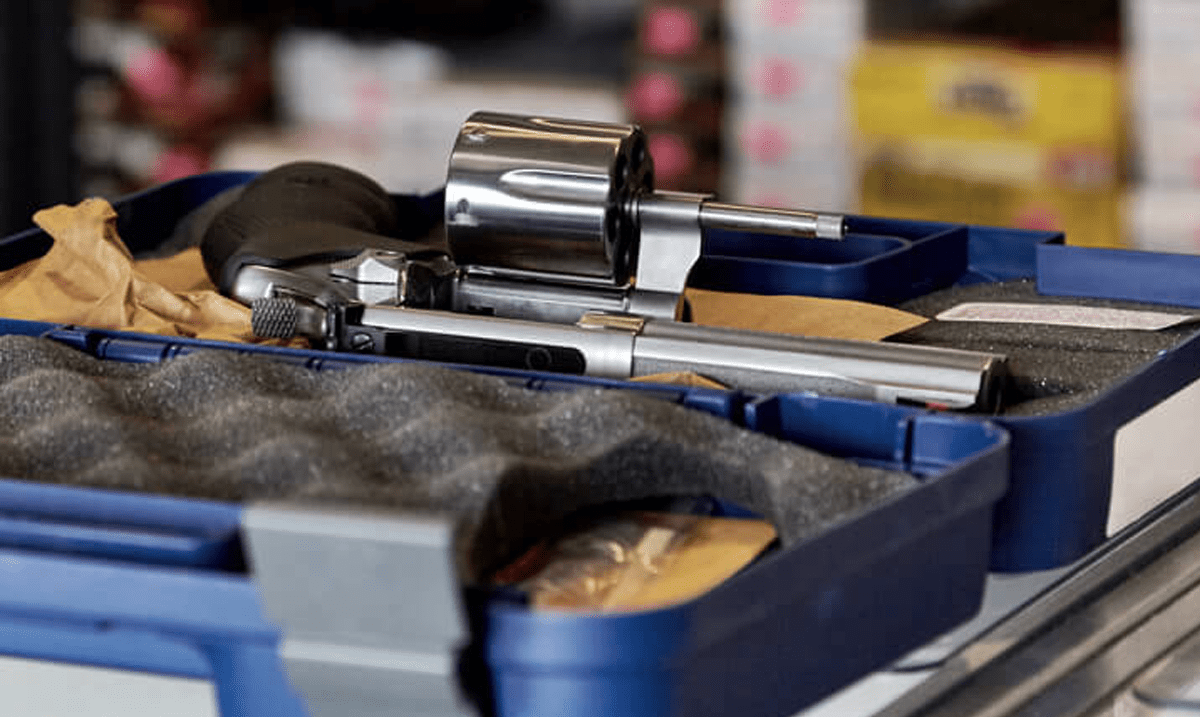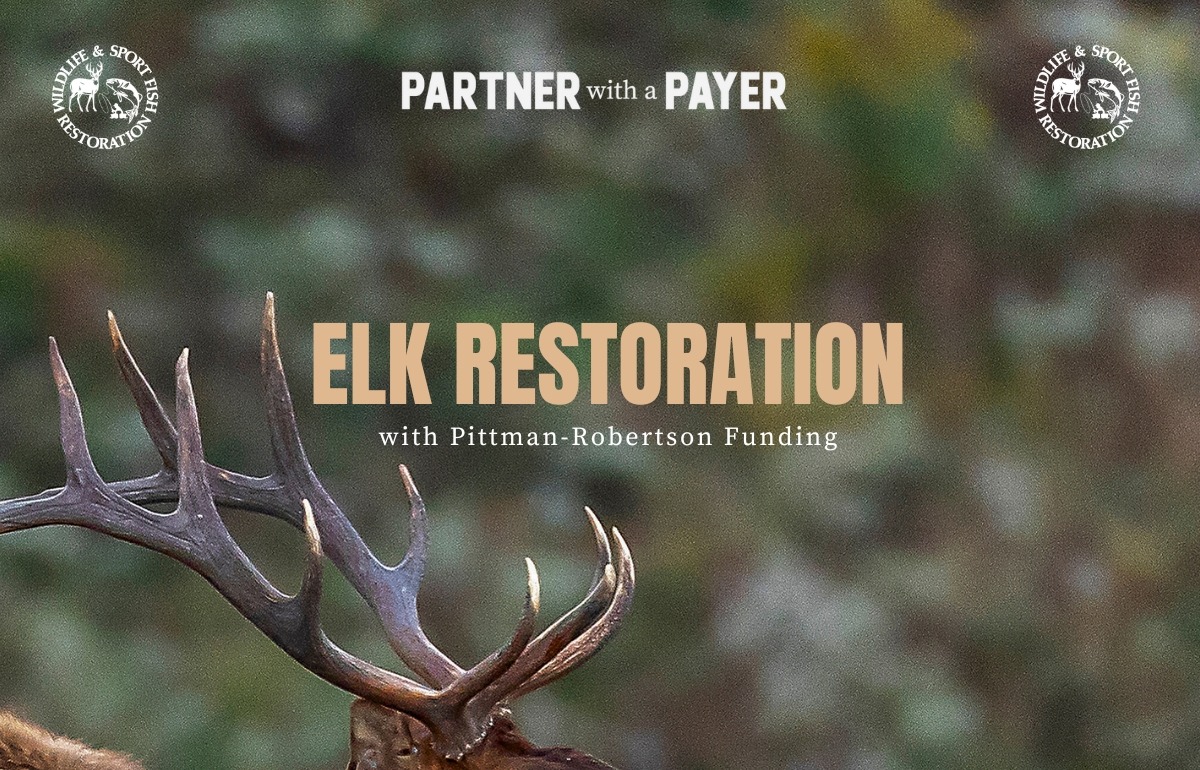 Back to News
Back to News
July 11, 2025
The Bear Minimum: How Hunting Helps Manage Healthy Wildlife Populations
We all love to watch those cute, sometimes cuddly bears; black, brown or maybe even a grizzly. They are such vivacious animals that it’s hard to turn away when you see one – although under no circumstance should you ever go near one. Bears are wild animals and can be very dangerous. Some are learning the hard way that the more bears we have, the more dangerous it can become to enjoy our natural resources.
The whole point of managing wildlife is to conserve resources for future generations. Conservation works to make sure that our wildlife and wild animal populations are healthy and sustainable. That is widely done by having hunting seasons to keep track of how many deer, bear, turkeys – name a species – each state has and to make sure they aren’t overrun with a particular species reaching an unhealthy or dangerous level.
Connecticut Bear Attack
When you hear of a bear “attack,” you may automatically think of a bear aggressively approaching someone. The reality of most human-bear conflicts is that they are preventable.
In June, there was a report of a man who was attacked by a black bear in Connecticut. Luckily, he sustained only minimal scratches.
Supporters of a bear hunting season in Connecticut have been battling for a bear season for years, but legislators have never agreed to pass any proposed bear population management bills. While legislation won’t prevent all human-bear conflicts, it would certainly help better manage the state’s bear population. And, if these “attacks” keep happening, which they likely will, legislation that permits a managed bear hunting season will give state biologists the necessary tools to properly manage bear populations as the sustainable resource they are.
Over the course of the previous three decades, the Connecticut black bear population has grown rapidly and continues spreading throughout the state.
Research in Connecticut shows that bears are breeding early, having relatively larger litters and that the cubs typically have a high survival rate in the first year. This is because the bears are able to gain weight quickly and attain their breeding threshold at an earlier age. This is mostly because of more abundant and varied food sources in suburban areas, in particular garbage and birdseed, which inevitably will lead to conflicts with humans.
Managing Wildlife Conservation
The boost in funding for state-based wildlife management did its job. Wildlife species recovered to a point where science-driven, regulated hunting could manage sustainable populations.
Black bears were once widely distributed throughout U.S. forests but saw broad population declines and were extirpated in many areas by the mid-1900s. Today, bear numbers have rebounded in about 60 percent of their historical range. Firearm and ammunition manufacturers have invested over $29 billion (adjusted for inflation) in Pittman-Robertson excise taxes since 1937 that has funded the research used to guide black bear management decisions throughout the country.
The Pittman-Robertson excise tax is the 10 and 11 percent tax manufacturers pay to the U.S. Treasury on the commercial sale of each box of ammunition and every firearm produced. That tax money is turned over to the U.S. Fish and Wildlife Service (USFWS) in their Wildlife Restoration Trust Fund. These funds are apportioned back to the states annually to fund wildlife conservation, public land access, public recreational shooting range construction and improvements, as well as hunter education programs.
The earliest funding went to West Virginia in 1957 and was used to determine normal life expectancy and seasonal movements through three captured female bears. By the 1970s and 80s, black bear restoration efforts were being performed in earnest, and over the last 10 years, 17 states have used these Pittman-Roberston excise tax funds – paid by the firearm industry – for 87 bear research and conservation projects. This excise tax-funded bear research includes survival and recruitment studies to gain insight into population dynamics, hair snare studies used to develop population and density estimates, mast surveys to assess food abundance and variability and collar studies to assess movements and habitat use at multiple scales.
In 1976, North Carolina created a Bear Cooperator program in which hunters would check in their harvested bears and provide one of the bear’s teeth for biologists to evaluate age structure within the population. Today, excise tax-funded research shows that about 97 percent of bear mortality comes from regulated hunting, rather than vehicle collisions or nuisance bears euthanized due to human conflicts – which is great news. However, with states that do not have a bear hunting season, vehicle and human/wildlife conflict is still one of the main causes of bear mortality.
Into the Bear’s Den
And that leads us back to the bear den studies, which present an excellent opportunity to see the hunting and shooting industry’s wildlife research in action.
A national partnership program begun by NSSF® and the U.S. Fish and Wildlife Service (USFWS) called “Partner with a Payer™” works with industry members to demonstrate how excise tax dollars are working for the future of wildlife and hunting opportunities. Several agency biologists have participated and hosted staff from firearm companies in the field with them. Biologists, too, have the opportunity to get inside firearm and ammunition manufacturers to better understand how the funding for their wildlife research is generated.
Many states already have fall and spring hunting seasons, but NSSF supports state legislative efforts – including in Connecticut – to work to adopt science-based wildlife management processes, including black bear hunting seasons. It’s about managing wildlife conservation and keeping our wildlife populations healthy.
You may also be interested in:
Black Bear Restoration—A National Conservation Success Story
Bear Den Study Demonstrates the Conservation Contributions of America’s Firearms Industry
Categories: BP Item, Featured, Government Relations, Top Stories









